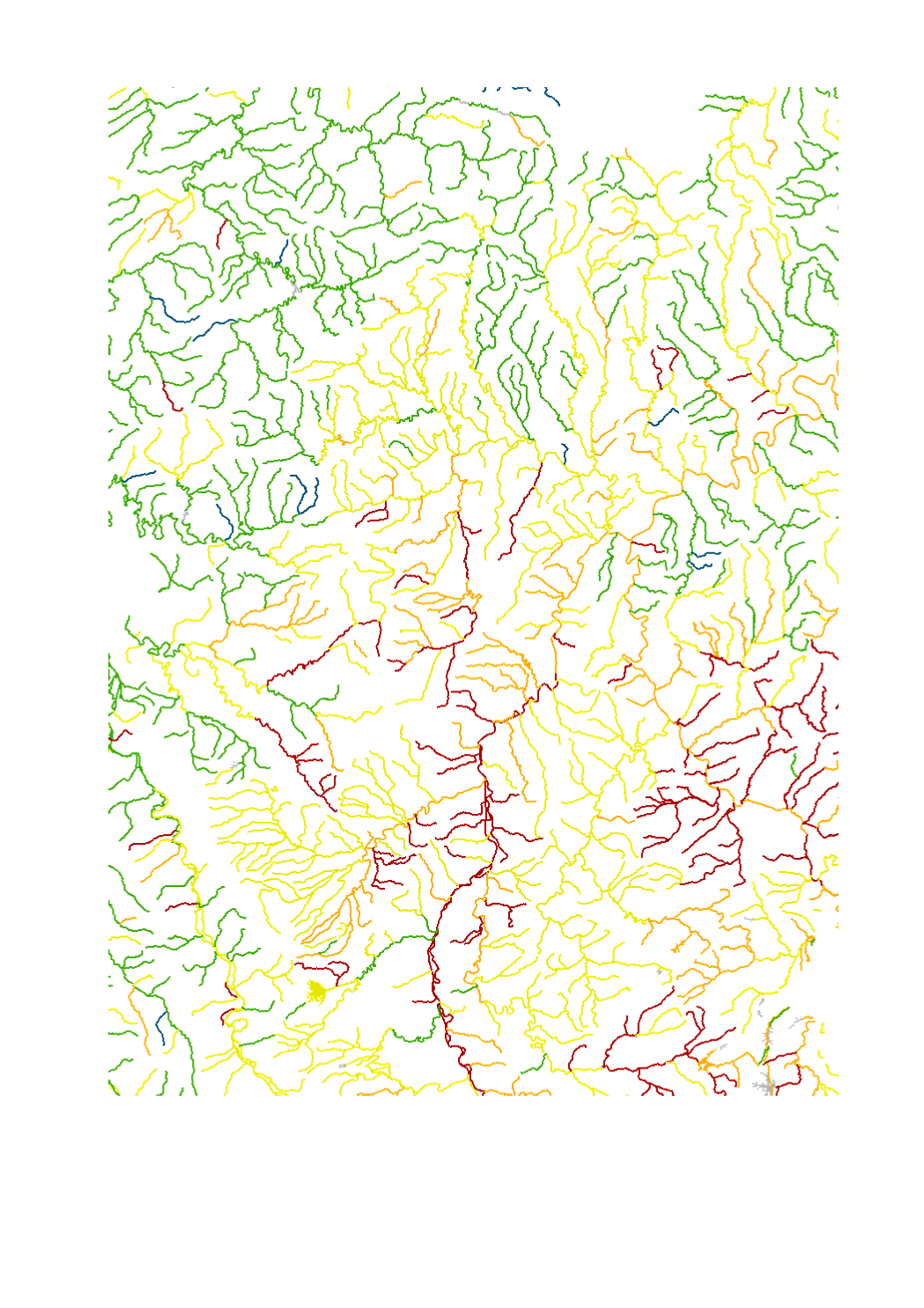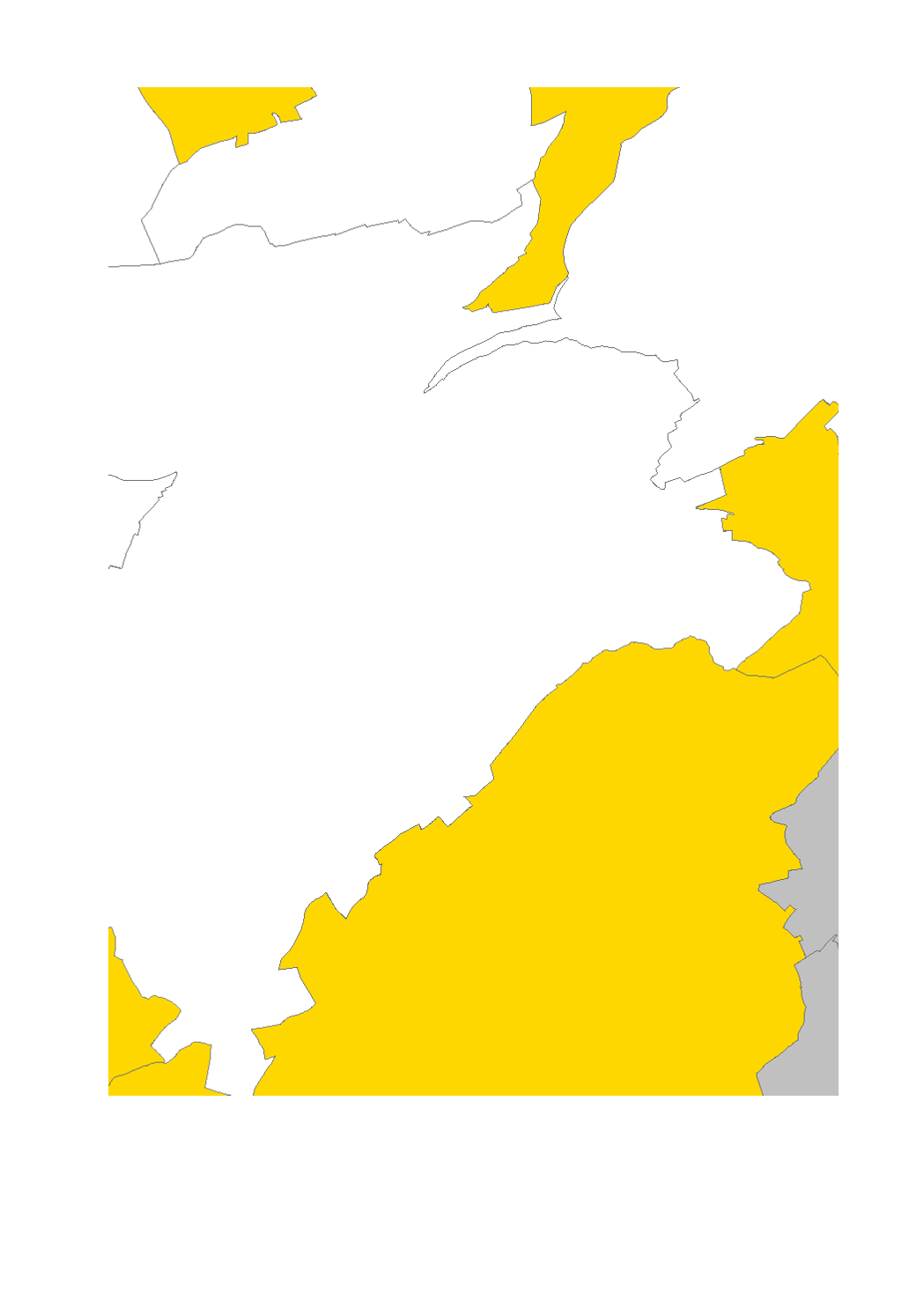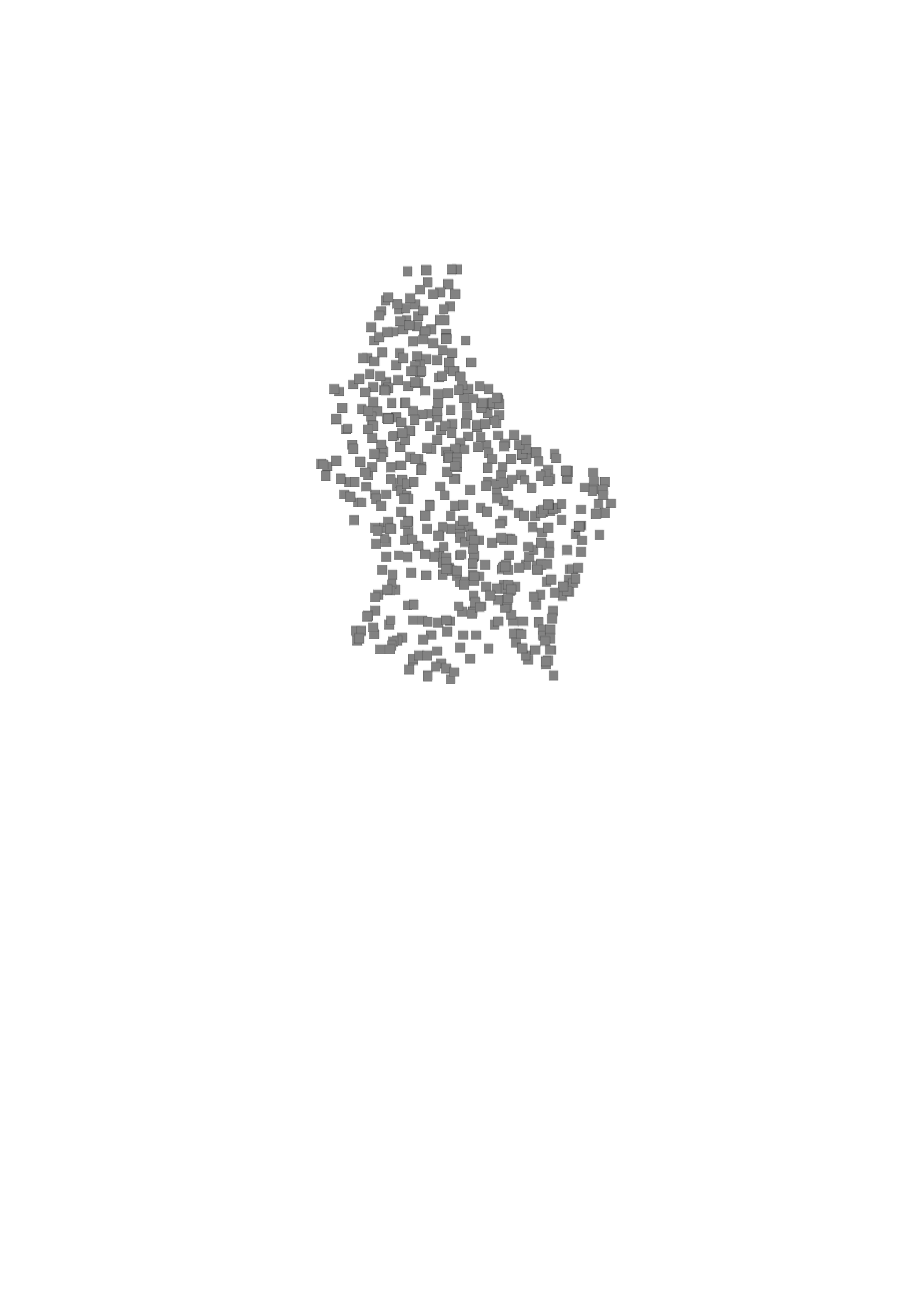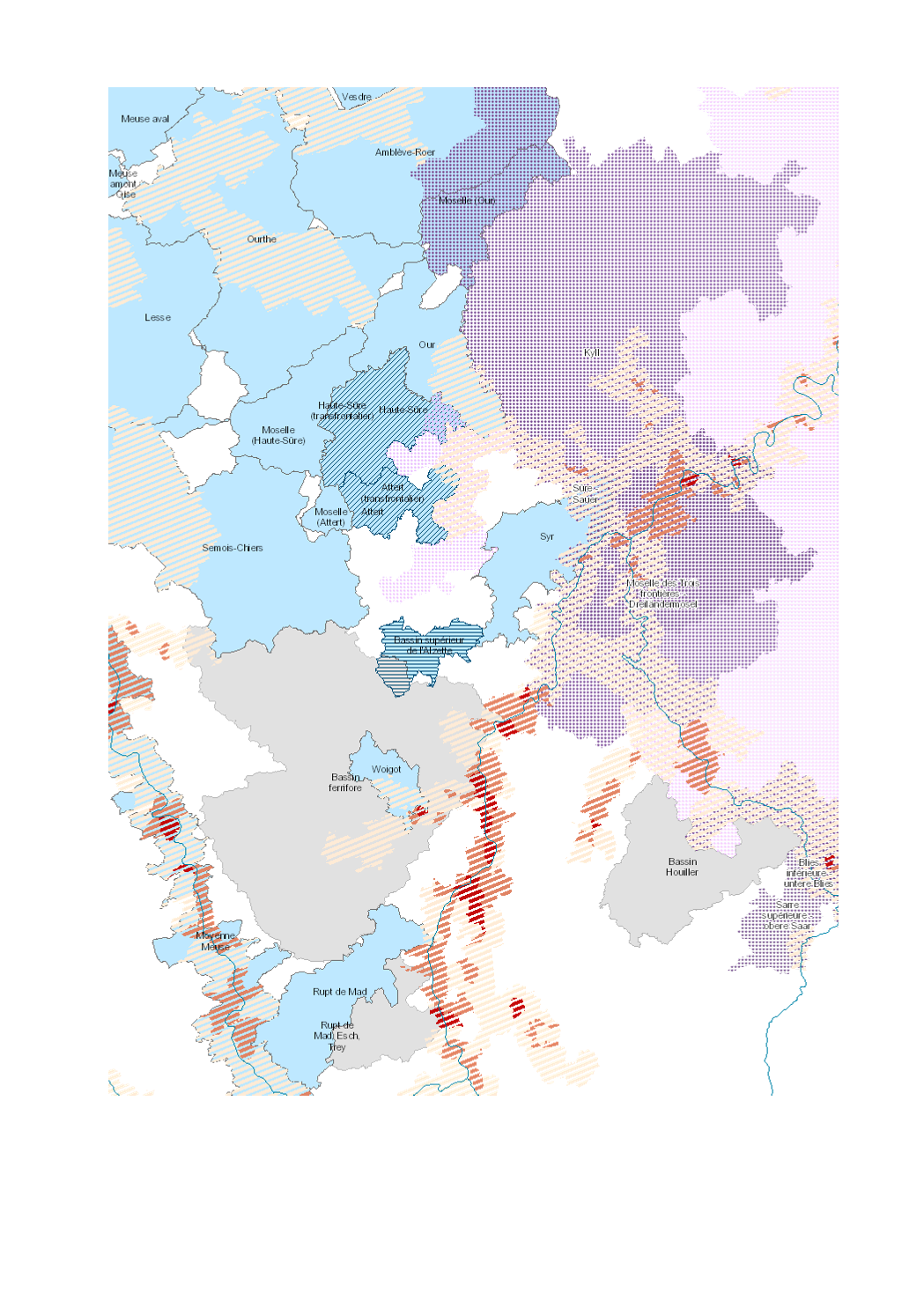Inland waters
Type of resources
Available actions
Topics
Keywords
Contact for the resource
Provided by
Groups
Years
Representation types
Update frequencies
status
Scale
-

Drinking water shortage (level « red »)
-

- Ecological status/potential of surface water bodies - Data sources: SPW-DGO3-DEE 2013; MDDI, Administration de la gestion de l'eau 2015; MUEFF 2015; GDI-SL 2015; Agences de l'eau, RM-SN-RMC 2015. Harmonization: IGEAT 2018
-

Drinking water shortage (level « orange »)
-

This layer contains the certificates of excellence of the different municipalities for the successful audit of the risk analysis of drinking water installations
-

Device intended to collect and store drinking water.
-

Final product of the b-solutions project GeoConnectGR: lakes and reservoirs - Harmonized geodata of the hydrographic network of the Greater Region (scale 1:25.000 - 1:50.000) - Sources: LVGL Saarland, LVermGeo Rheinland-Pfalz, NGI Belgium, IGN France, ACT Luxembourg - Harmonization: Federal Agency for Cartography and Geodesy (BKG) based on the data model Core Reference Data (CRD) developed by EuroGeographics - This data is published for non-commercial uses under the licence CC BY-NC 4.0: https://creativecommons.org/licenses/by-nc/3.0/legalcode
-

Below are the average of the content of nitrates in the 16 surface water monitoring stations during the period 2008-2011.
-

- Surface area of the municipality subject to flood risk (10-year return period) - river contracts - flood partnerships - SAGE - A(l)qua - Sources: SIG-GR / GIS-GR 2018; REEW 2017; Office International de l'Eau, Gest'eau 2015-2016; MDDI 2018; HPI-CIP 2015; IBH RLP 2018. Harmonization: IGEAT 2018;
-

The surface water typology was determined on the basis of geographical , geological, morphological and hydrological characteristics. The Luxembourgish surface water typology comprises five types. For all five types the reference conditions, which would be achieved if there were no anthropogenic pressures impacting surface waters, are described in fact sheets. The reference conditions correspond to the high status of surface water bodies.
-

Syndicates supplying drinking water to their member communities.
 geocatalogue.geoportail.lu
geocatalogue.geoportail.lu